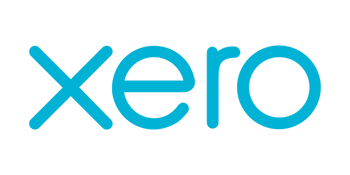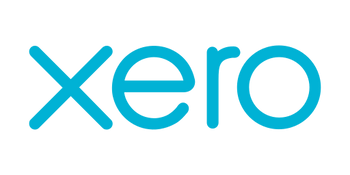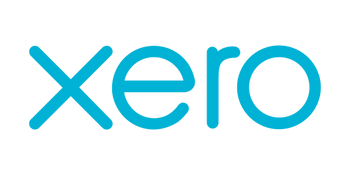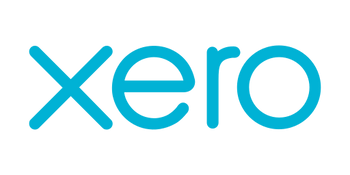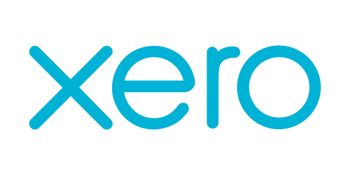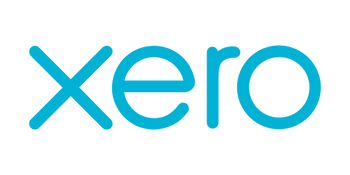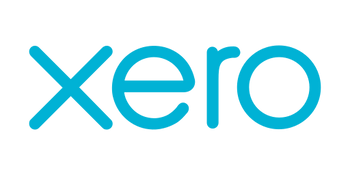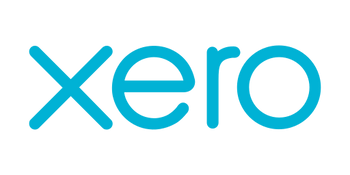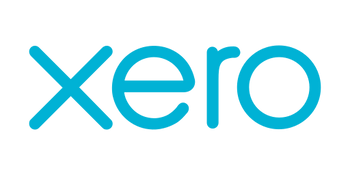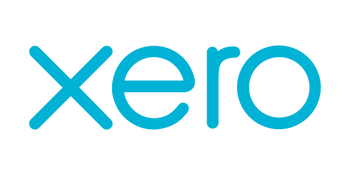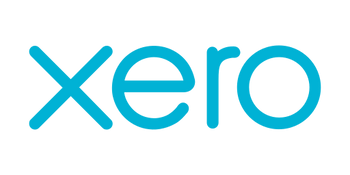{"id":9105472880914,"title":"QuickBooks Update a Purchase Order Integration","handle":"quickbooks-update-a-purchase-order-integration","description":"\u003ch2\u003eQuickBooks Update a Purchase Order Integration\u003c\/h2\u003e\n\u003cp\u003eQuickBooks, a widely-used accounting software, provides a robust set of tools for managing business finances, including tracking expenses, managing invoices, and monitoring cash flow. Among its capabilities is the ability to create and update purchase orders. With QuickBooks' API, specifically the \"Update a Purchase Order\" endpoint, developers can integrate purchase order management functionalities into their existing business software solutions. This API endpoint allows for programmatic updating of purchase order details directly within QuickBooks from external applications.\u003c\/p\u003e\n\n\u003ch3\u003ePotential Use Cases\u003c\/h3\u003e\n\u003cul\u003e\n \u003cli\u003e\n\u003cstrong\u003eAutomated Purchase Order Updates:\u003c\/strong\u003e Businesses with dynamic inventory systems can automate the update process by linking their inventory management software to QuickBooks. This integration ensures that changes in stock levels, pricing, or vendor information are automatically reflected in existing purchase orders.\u003c\/li\u003e\n \u003cli\u003e\n\u003cstrong\u003eImproved Accuracy:\u003c\/strong\u003e Manual updates to purchase orders can lead to human error. Integrating with the QuickBooks API facilitates the transfer of accurate and up-to-date information, reducing the likelihood of mistakes and inconsistencies.\u003c\/li\u003e\n \u003cli\u003e\n\u003cstrong\u003eTime Management:\u003c\/strong\u003e By automating updates, businesses can save time that would otherwise be spent manually inputting data, allowing staff to focus on more critical tasks that can't be automated.\u003c\/li\u003e\n\u003c\/ul\u003e\n\n\u003ch3\u003eSolving Business Problems\u003c\/h3\u003e\n\u003cp\u003eTo understand the problems this API can solve, consider the following scenarios:\u003c\/p\u003e\n\n\u003ch4\u003eScenario 1: Inventory Management\u003c\/h4\u003e\n\u003cp\u003eA retailer is struggling to keep its purchase orders in sync with constantly changing inventory levels. By integrating the \"Update a Purchase Order\" API, the retailer's inventory management system can automatically adjust purchase orders in QuickBooks based on real-time inventory data. This leads to better supply chain management and prevents stockouts or overstocking.\u003c\/p\u003e\n\n\u003ch4\u003eScenario 2: Dynamic Pricing\u003c\/h4\u003e\n\u003cp\u003eA wholesale distributor's suppliers frequently change prices, which requires updating purchase orders to reflect current costs. The API can be configured to pull the latest pricing from the suppliers' systems and update the purchase orders in QuickBooks, ensuring accurate financial records.\u003c\/p\u003e\n\n\u003ch4\u003eScenario 3: Vendor Management\u003c\/h4\u003e\n\u003cp\u003eA manufacturing business works with multiple suppliers and needs to adjust purchase orders due to changes in lead times or vendor terms. The \"Update a Purchase Order\" API can programmatically alter the purchase orders to reflect any new terms or conditions agreed upon with the suppliers.\u003c\/p\u003e\n\n\u003ch3\u003eImplementation Considerations\u003c\/h3\u003e\n\u003cp\u003eWhen implementing the API, it's essential to consider:\u003c\/p\u003e\n\u003cul\u003e\n \u003cli\u003eAuthentication and Security: Ensure that all API calls are secured and that access is restricted to authorized users only.\u003c\/li\u003e\n \u003cli\u003eData Validation: Implement checks to validate data before it is sent to QuickBooks to avoid corrupting financial records.\u003c\/li\u003e\n \u003cli\u003eError Handling: Proper error handling should be in place to manage any issues that arise during the API's communication with QuickBooks.\u003c\/li\u003e\n \u003cli\u003eUser Interface: If the integration is visible to end-users, design a friendly user interface that clearly indicates the status of purchase order updates.\u003c\/li\u003e\n\u003c\/ul\u003e\n\n\u003ch3\u003eConclusion\u003c\/h3\u003e\n\u003cp\u003eIntegrating with QuickBooks' \"Update a Purchase Order\" API endpoint can greatly enhance business operations, particularly for inventory and vendor management, by streamlining the update process and ensuring data accuracy. Thoughtful implementation, with a focus on security and usability, will ensure that businesses reap the full benefits of this integration.\u003c\/p\u003e","published_at":"2024-03-01T09:09:40-06:00","created_at":"2024-03-01T09:09:40-06:00","vendor":"QuickBooks","type":"Integration","tags":[],"price":0,"price_min":0,"price_max":0,"available":true,"price_varies":false,"compare_at_price":null,"compare_at_price_min":0,"compare_at_price_max":0,"compare_at_price_varies":false,"variants":[{"id":48156120547602,"title":"Default Title","option1":"Default Title","option2":null,"option3":null,"sku":"","requires_shipping":true,"taxable":true,"featured_image":null,"available":true,"name":"QuickBooks Update a Purchase Order Integration","public_title":null,"options":["Default Title"],"price":0,"weight":0,"compare_at_price":null,"inventory_management":null,"barcode":null,"requires_selling_plan":false,"selling_plan_allocations":[]}],"images":["\/\/consultantsinabox.com\/cdn\/shop\/products\/b25008554ea0586db2f358c9fa996493_d6fce543-76f3-4fd6-bd2a-339175a5bc51.svg?v=1709305781"],"featured_image":"\/\/consultantsinabox.com\/cdn\/shop\/products\/b25008554ea0586db2f358c9fa996493_d6fce543-76f3-4fd6-bd2a-339175a5bc51.svg?v=1709305781","options":["Title"],"media":[{"alt":"QuickBooks Logo","id":37724975071506,"position":1,"preview_image":{"aspect_ratio":1.0,"height":2500,"width":2500,"src":"\/\/consultantsinabox.com\/cdn\/shop\/products\/b25008554ea0586db2f358c9fa996493_d6fce543-76f3-4fd6-bd2a-339175a5bc51.svg?v=1709305781"},"aspect_ratio":1.0,"height":2500,"media_type":"image","src":"\/\/consultantsinabox.com\/cdn\/shop\/products\/b25008554ea0586db2f358c9fa996493_d6fce543-76f3-4fd6-bd2a-339175a5bc51.svg?v=1709305781","width":2500}],"requires_selling_plan":false,"selling_plan_groups":[],"content":"\u003ch2\u003eQuickBooks Update a Purchase Order Integration\u003c\/h2\u003e\n\u003cp\u003eQuickBooks, a widely-used accounting software, provides a robust set of tools for managing business finances, including tracking expenses, managing invoices, and monitoring cash flow. Among its capabilities is the ability to create and update purchase orders. With QuickBooks' API, specifically the \"Update a Purchase Order\" endpoint, developers can integrate purchase order management functionalities into their existing business software solutions. This API endpoint allows for programmatic updating of purchase order details directly within QuickBooks from external applications.\u003c\/p\u003e\n\n\u003ch3\u003ePotential Use Cases\u003c\/h3\u003e\n\u003cul\u003e\n \u003cli\u003e\n\u003cstrong\u003eAutomated Purchase Order Updates:\u003c\/strong\u003e Businesses with dynamic inventory systems can automate the update process by linking their inventory management software to QuickBooks. This integration ensures that changes in stock levels, pricing, or vendor information are automatically reflected in existing purchase orders.\u003c\/li\u003e\n \u003cli\u003e\n\u003cstrong\u003eImproved Accuracy:\u003c\/strong\u003e Manual updates to purchase orders can lead to human error. Integrating with the QuickBooks API facilitates the transfer of accurate and up-to-date information, reducing the likelihood of mistakes and inconsistencies.\u003c\/li\u003e\n \u003cli\u003e\n\u003cstrong\u003eTime Management:\u003c\/strong\u003e By automating updates, businesses can save time that would otherwise be spent manually inputting data, allowing staff to focus on more critical tasks that can't be automated.\u003c\/li\u003e\n\u003c\/ul\u003e\n\n\u003ch3\u003eSolving Business Problems\u003c\/h3\u003e\n\u003cp\u003eTo understand the problems this API can solve, consider the following scenarios:\u003c\/p\u003e\n\n\u003ch4\u003eScenario 1: Inventory Management\u003c\/h4\u003e\n\u003cp\u003eA retailer is struggling to keep its purchase orders in sync with constantly changing inventory levels. By integrating the \"Update a Purchase Order\" API, the retailer's inventory management system can automatically adjust purchase orders in QuickBooks based on real-time inventory data. This leads to better supply chain management and prevents stockouts or overstocking.\u003c\/p\u003e\n\n\u003ch4\u003eScenario 2: Dynamic Pricing\u003c\/h4\u003e\n\u003cp\u003eA wholesale distributor's suppliers frequently change prices, which requires updating purchase orders to reflect current costs. The API can be configured to pull the latest pricing from the suppliers' systems and update the purchase orders in QuickBooks, ensuring accurate financial records.\u003c\/p\u003e\n\n\u003ch4\u003eScenario 3: Vendor Management\u003c\/h4\u003e\n\u003cp\u003eA manufacturing business works with multiple suppliers and needs to adjust purchase orders due to changes in lead times or vendor terms. The \"Update a Purchase Order\" API can programmatically alter the purchase orders to reflect any new terms or conditions agreed upon with the suppliers.\u003c\/p\u003e\n\n\u003ch3\u003eImplementation Considerations\u003c\/h3\u003e\n\u003cp\u003eWhen implementing the API, it's essential to consider:\u003c\/p\u003e\n\u003cul\u003e\n \u003cli\u003eAuthentication and Security: Ensure that all API calls are secured and that access is restricted to authorized users only.\u003c\/li\u003e\n \u003cli\u003eData Validation: Implement checks to validate data before it is sent to QuickBooks to avoid corrupting financial records.\u003c\/li\u003e\n \u003cli\u003eError Handling: Proper error handling should be in place to manage any issues that arise during the API's communication with QuickBooks.\u003c\/li\u003e\n \u003cli\u003eUser Interface: If the integration is visible to end-users, design a friendly user interface that clearly indicates the status of purchase order updates.\u003c\/li\u003e\n\u003c\/ul\u003e\n\n\u003ch3\u003eConclusion\u003c\/h3\u003e\n\u003cp\u003eIntegrating with QuickBooks' \"Update a Purchase Order\" API endpoint can greatly enhance business operations, particularly for inventory and vendor management, by streamlining the update process and ensuring data accuracy. Thoughtful implementation, with a focus on security and usability, will ensure that businesses reap the full benefits of this integration.\u003c\/p\u003e"}
